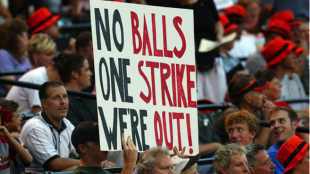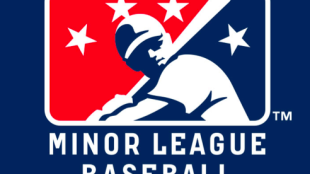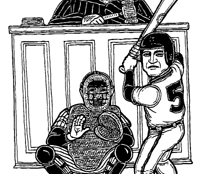Labor Strife in Major League Baseball
The word “collusion” has been thrown around fairly frequently over the last few months in Major League Baseball (MLB). It is currently the baseball off-season, meaning that no regular-season games are currently played (and will not be until March). It is also during this time that teams are typically most active in trading and signing players. However, this off-season has been notably quiet with regard to player acquisitions. There are a multitude of players who have played well enough that a team should sign them, yet they remain free agents for reasons that are not entirely clear. While many may look at this and see it as purely an issue with the MLB, there are several legitimate labor issues at play here. The Major League Baseball Players Association (MLBPA) is the collective bargaining representative for all current MLB players. MLBPA and the 30 MLB clubs have signed numerous collective bargaining agreements (CBA) over the years, including the most recent one, which is in effect until 2021. In 1968, the CBA barred collusion by writing, “Players shall not act in concert with other Players and Clubs shall not act in concert with other Clubs.” More importantly, the current CBA retains that [read more]




